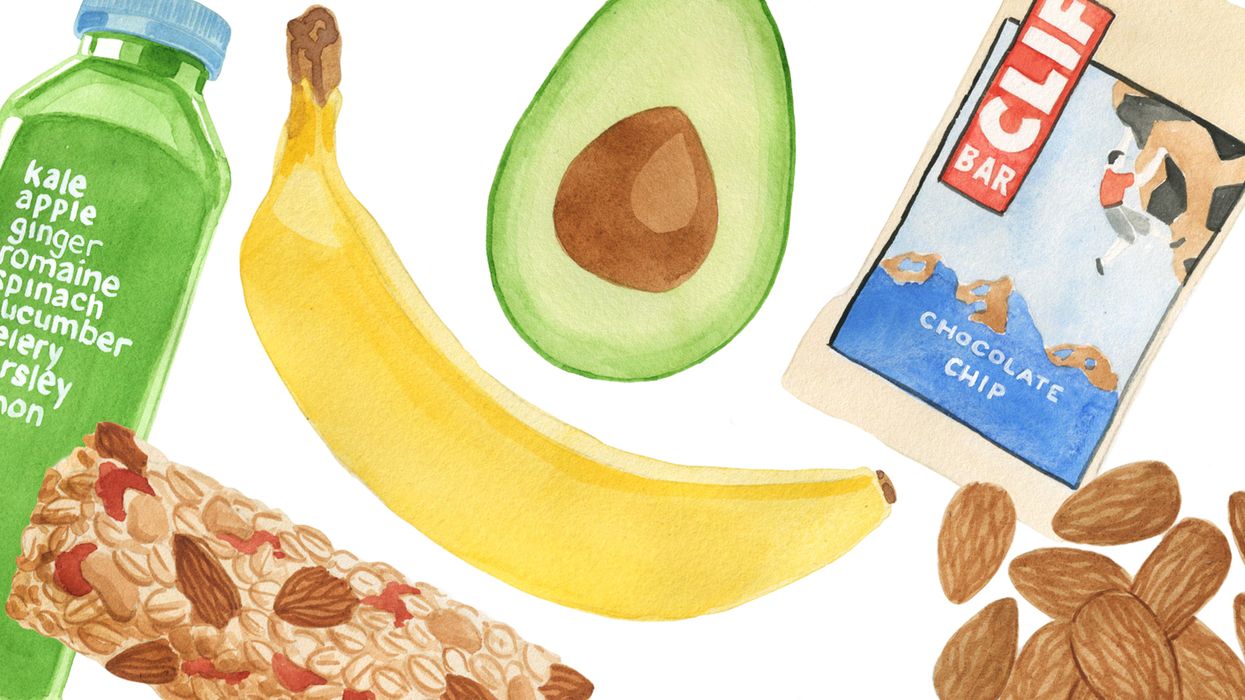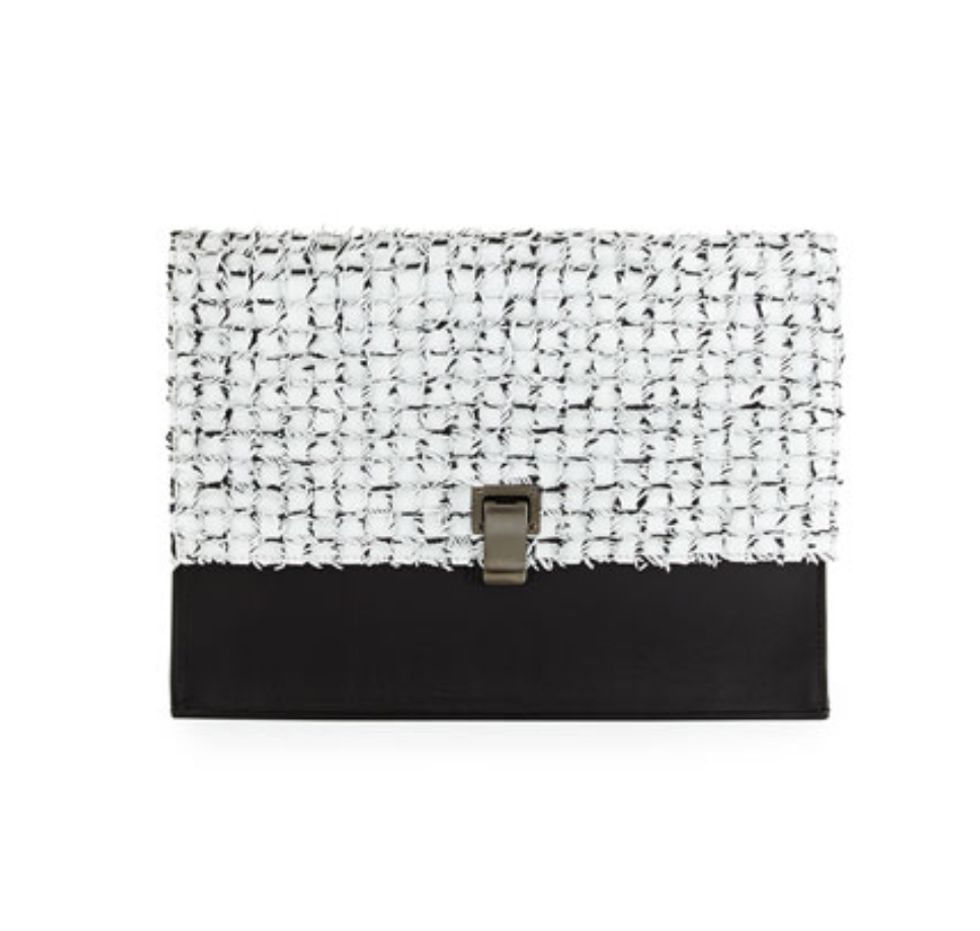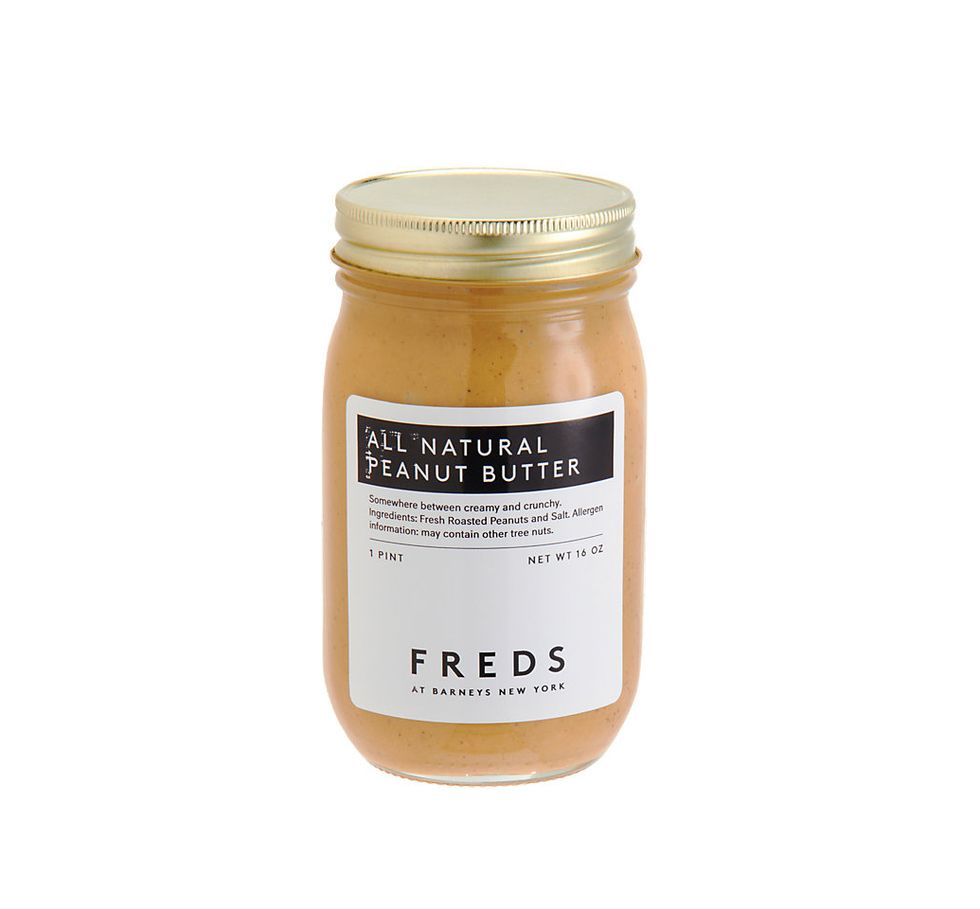
Full disclosure: on any given day, our food intake looks nothing like that of a nutritionist’s. While we have no problem squaring away a relatively healthy lunch (salad bar) and a somewhat passable dinner (does Thai takeout count?), the rest of the day, including breakfast (a super sized latte and either a Clif bar or a Starbucks breakfast sandwich), is a random amalgam of excessive snacking. It’s called keeping our energy up, you guys.
Since we really can’t not snack, but our interest in maintaining some semblance of a healthy diet is still very much a priority, we called up Joy Bauer, New York City Ballet’s official nutritionist and an expert for the Today show, among others, who just launched her own health-conscious snack food line, Nourish Snacks. We figured that when it came to what we should be snacking on and when, she’d know what’s up. All in the name of avoiding that dreaded 4 PM crash, people.
On how often and how much you should be snacking each day:
“This is a personal preference and, of course, it depends on your overall calorie intake. If you know you’ll be going more than four hours between meals, that’s a good time to plan a snack. Cap it at 200 calories, and try to choose something with protein and/or fiber to help you stay full longer and avoid spikes in your blood sugar.”
On what to eat for breakfast and always eating with your morning cuppa:
“Some people can’t stomach a big meal early in the morning and do better with something light, like some fruit and yogurt (or even just a latte). Others feel better when breakfast is the most substantial meal of the day, and includes things like eggs and whole grain toast or oatmeal with nuts and fruit. Whatever you choose, make sure your morning meal includes protein, which helps to wake you up and keeps you feeling energized and satisfied during your morning routine.
For many people, having coffee on an empty stomach can irritate the gastrointestinal tract, so eating something with your morning mug is typically better than nothing. Also, coffee can give you a quick caffeine zing, but you’ll fizzle fast without some nutrients (protein, fiber-rich carb, fat) to actually fuel your body.”
On what to snack on mid-morning:
“Find something that will help you feel satisfied without spiking your blood sugar. Why? Because when your blood sugar rises quickly, it comes crashing down and leaves you feeling sluggish (and often hungry again). The key here is to choose something that contains protein and/or fiber with less than 200 calories. Think: a fiber-rich apple with a tablespoon of protein-rich peanut butter, or baby carrots with ¼ cup of hummus. Nourish Snacks (my new healthy snack line), offers on-the-go snacks in 25 different flavors—like Mocha-mazing (cocoa-dusted almonds with mocha granola) and Mr. POPular (half-popped corn kernels)—all for less than 200 calories. Plus, they’re non-GMO, gluten-free and totally delicious!”
It’s best to drink water throughout the day. Of course, coffee, tea and naturally flavored seltzers are great, too. Skip sugary beverages, which by now, we all know contain empty calories and spike your blood sugar. Also, try to minimize diet drinks with artificial sweeteners.”
On what to snack on to avoid the mid-afternoon crash:
Making smart decisions when you have a growling tummy (or hit the 3 PM slump) is not easy, so if you need something to take the edge off your hunger before dinner or help to boost your energy mid-afternoon, follow the same principles as with your mid-morning snack. Go for foods that contain protein and/or fiber to keep blood sugar stable, and stay under 200 calories to keep your waistline in check. An orange and small handful of almonds or a string cheese with a banana are great choices that contain hunger-taming protein and fiber.
On snacking during that after-work, pre-dinner binge time:
“At my house, this is known as ‘Bauer munch time!’ I like to keep lots of fresh, raw (and even cooked) veggies on hand with flavorful light dips such as salsa-mole (half salsa and half guacamole). We are also big fans of hot sauce and often use that as a pre-dinner veggie dip too. It’s a great way to get in more vegetables—which means more fiber and antioxidants—without worrying about gaining weight.”
On the midnight snack (a.k.a. eating before bed):
“Mindless eating can be a huge issue when you’re kicking back after a long, stressful day. Avoid personal trigger foods at all costs—these are the foods that once you start eating you can’t stop (chips, dry cereal, ice cream, etc.). Whatever you do eat, opt for no more than 200 calories, and ‘plate it, own it and enjoy it.’”








